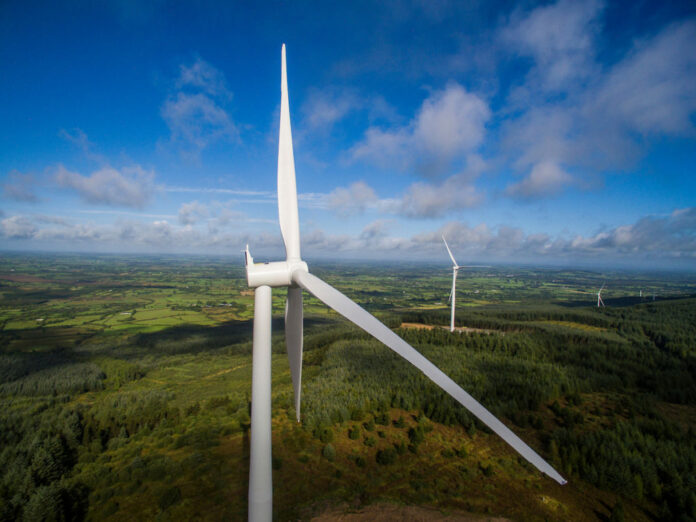LEGAL options in the wake of the granting of permission for a wind farm on the slopes of Slieve Bernagh, close to Bodyke, will be considered at a public meeting on Friday evening, October 28.
Deputy Michael McNamara has arranged the event, which will take place at the Cobbler’s Rest, Bodyke, to allow those who objected to the development to examine their next course of action.
On September 29, An Bord Pleanála granted permission for the 19-turbines on a site of 750 hectares, visible from Feakle to stretches of Lough Derg. Because the application was made under the Strategic Infrastructure Act, an appeal is impossible.
The only option, in terms of challenging the board’s decision, is to seek a judicial review. In such a situation, a judge would review An Bord Pleanála’s actions to see if it followed the required rules and procedures.
“A large number of people across a wide area objected to this development,” Deputy McNamara said. “This meeting will provide an opportunity for them to come together and discuss what happens next. There is a window of eight weeks from the date on which permission was granted within which a judicial review can be sought.”
Among those who objected to the wind farm, which is backed by FuturEnergy, a joint venture between Coillte and the ESB, was Konrad Romberger and his wife Ute. The couple, who live close to Ogonnelloe, raised concerns about the environmental implications.
“Granting permission to the Carrownagowan Wind Farm is sheer madness, and beyond every reason,” Konrad said. “I do not understand the logic – Derrybrien is being decommissioned, although this is scorched earth now, sadly, with nobody living in the vicinity. It’s a big question if this will ever be re-naturalized, whether this is even possible. But An Bord Pleanála decides that a semi-state trust can go and destroy an intact piece of natural heritage some 20km to the south in the same way as Derrybrien was destroyed. What is the sense in this?”
Mr Romberger stressed that he and his wife are “not anti-Green Energy” and said they have recently invested in solar panelling on their home. He acknowledged the need for action on climate change, but insisted the wind farm could cause more harm than good.
“This planned development is a completely unnecessary destruction of intact nature, and will cause much more harm than help in any way,” he said. “We appreciate the necessity to battle the effects of the climate change, and the urgent need to improve on the ways we produce our energy. But we should bundle all our efforts into projects that will not harm people and nature in such a way as this planned development would.”
An Bord Pleanála ruled that impacts on the environment could be considered acceptable, subject to mitigation measures set out in the Environmental Impact Assessment (EIA) and the 20 conditions attached. It said the wind farm “would make a positive contribution to Ireland’s national strategic policy on renewable energy and its move to a low energy carbon future”.
The EIA, Natura Impact Statement and Construction Environment Management Plan must be followed in full. An ecologist and bird specialist must be retained. Water levels must be monitored, as well as noise, shadow flicker and interference with telecommunications signals. A Traffic Management Plan is required. In the event of decommissioning, turbines must be removed and re-vegetation facilitated. Archaeological finds must be preserved. A bond must be lodged to cover the reinstatement of roads and the site. The developer must also pay the council a financial contribution.
Briefing documents suggest the wind farm could contribute up to €10 million locally and create 100 jobs, during construction. The predicted rates contribution to the council is between €638,400 and €1.3 million.


